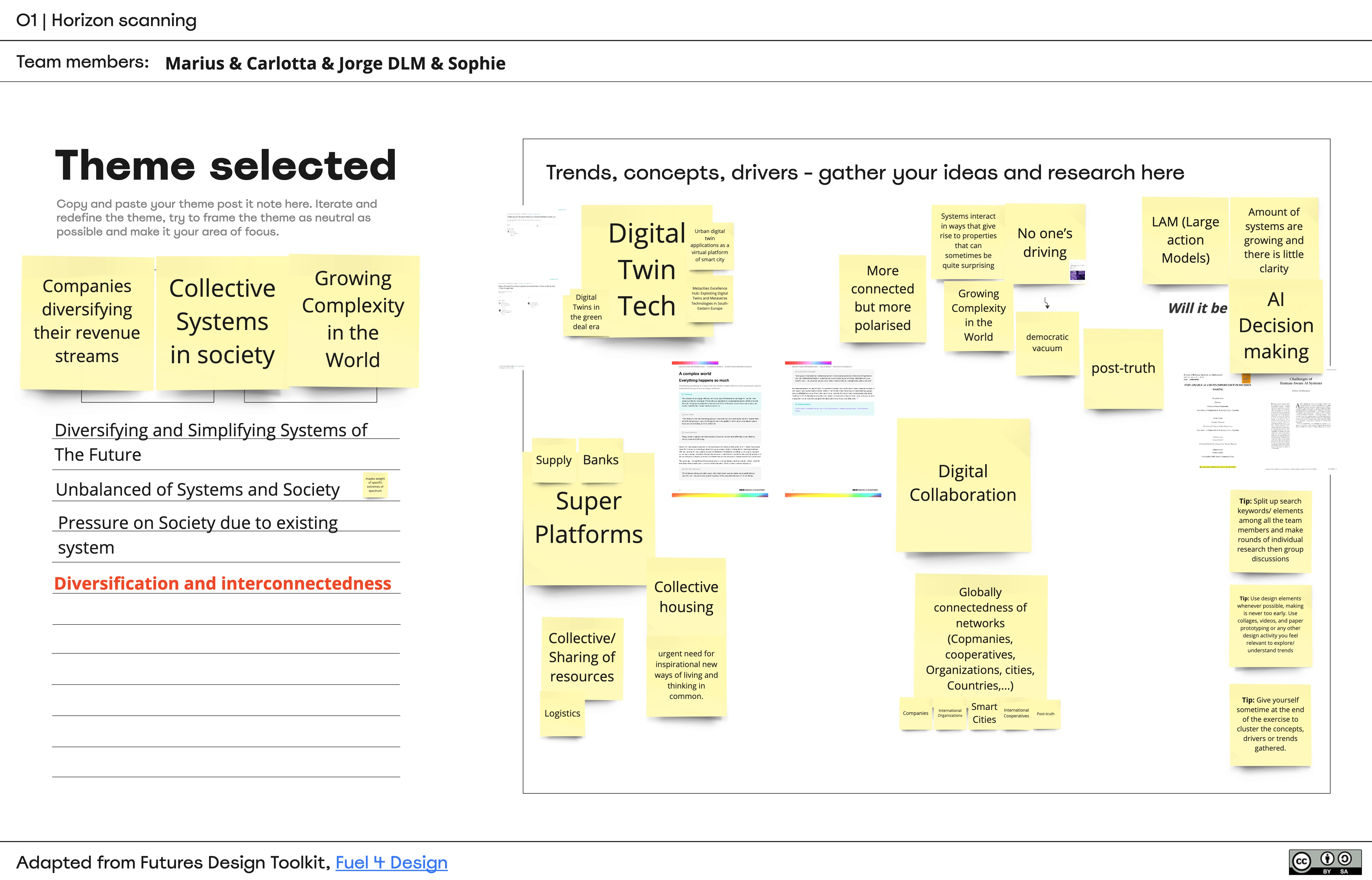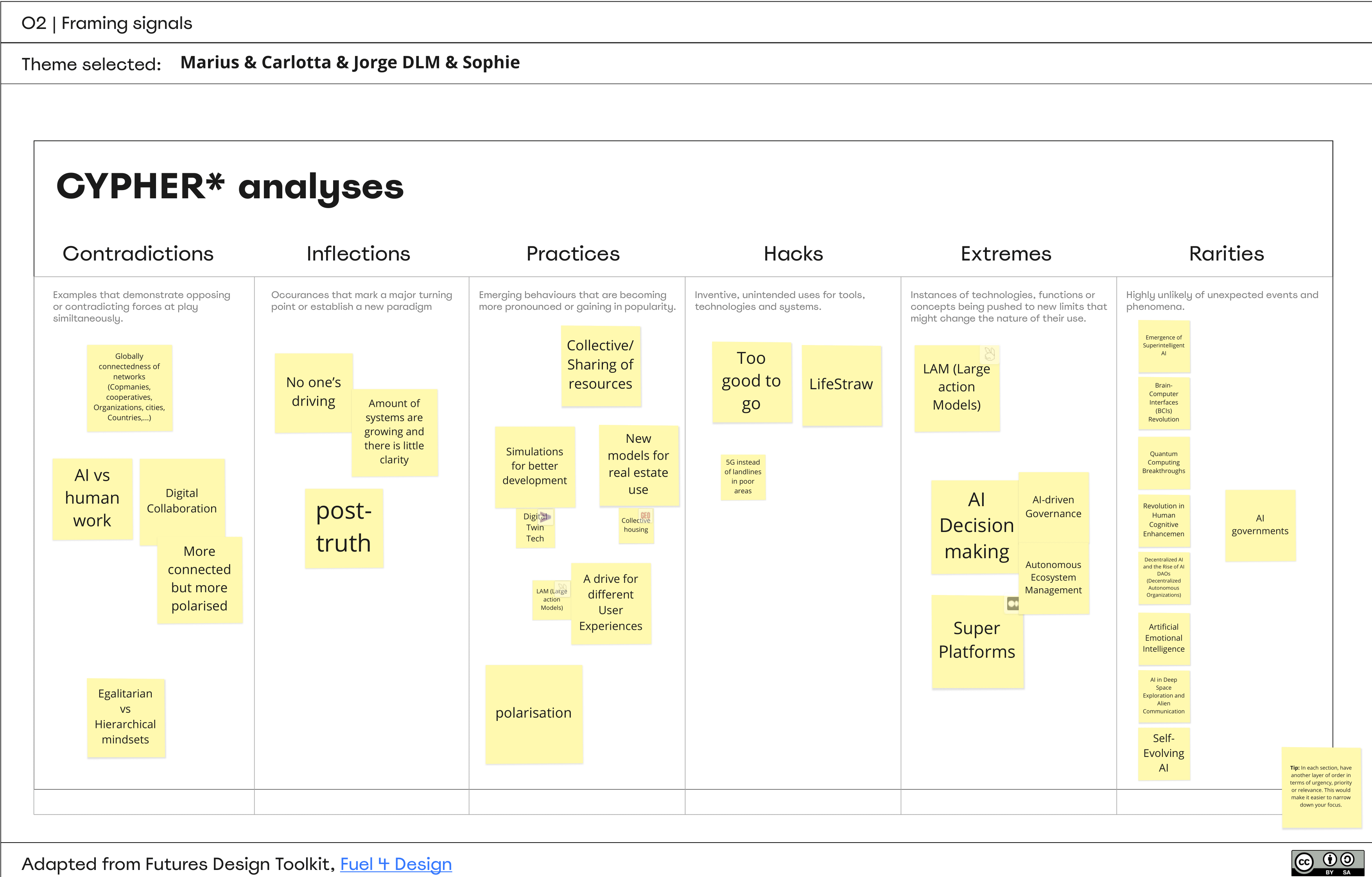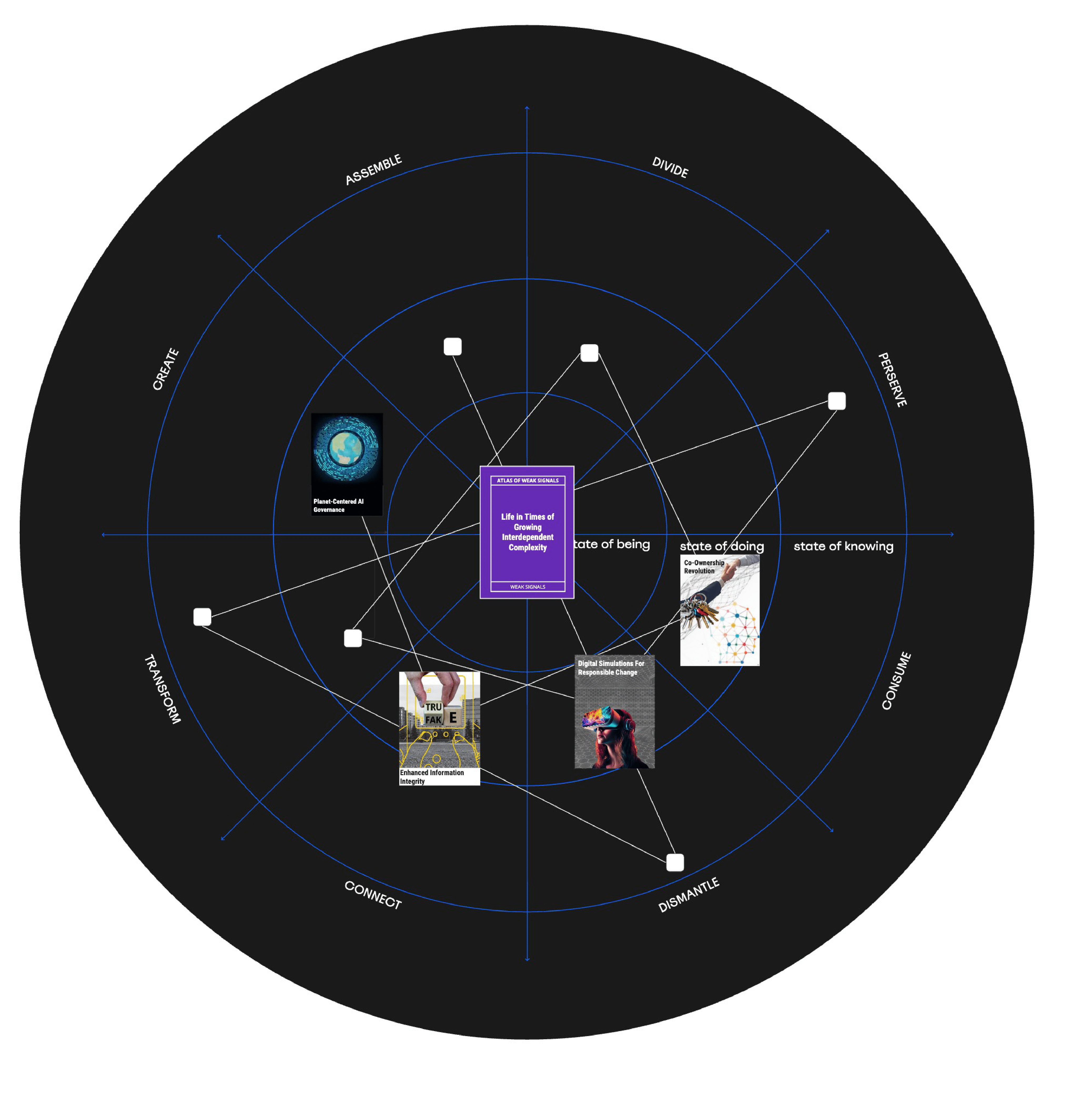




The final part of this day seminar was to place our cards in the circle shown on the left. We did this by holding a collaborative discussion with other peers and seeing how we viewed different topics. This was important to me as it allowed for me to see what others understood about the created cards and also gave me some time to reflect and see what areas these cards could potentially generate solutions in. Our cards were predominantly in the doing and knowing rings of this reflection, which makes sense as we were more focussed on global impact which is slightly less of the being state. Other then that we had a nice spread between the different rings.
HTML Creator